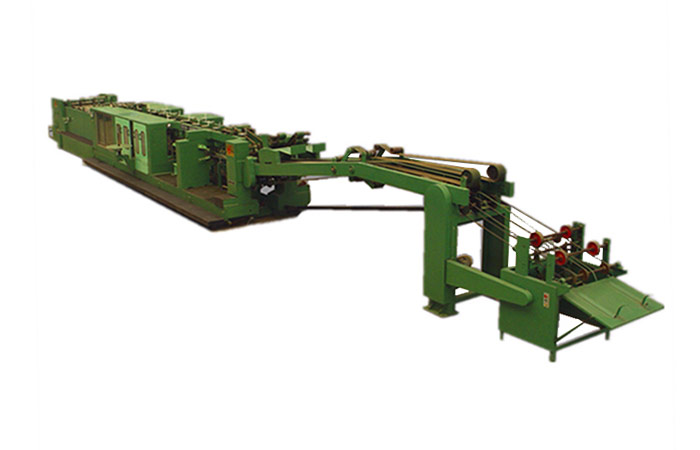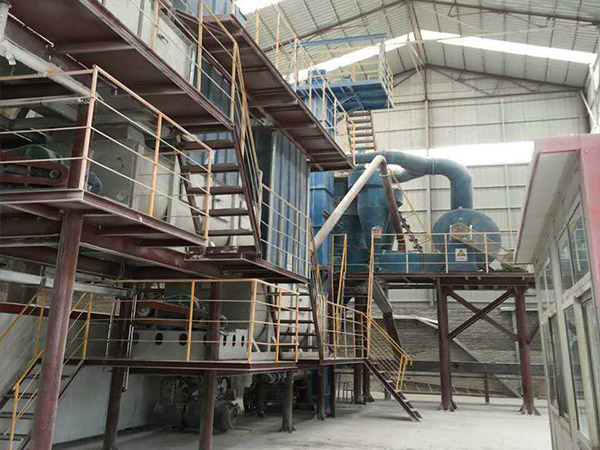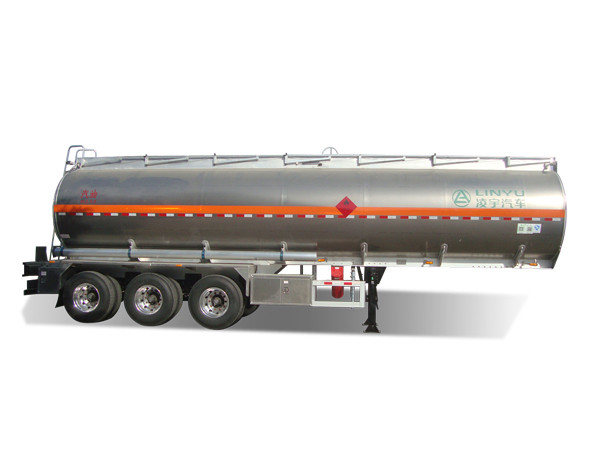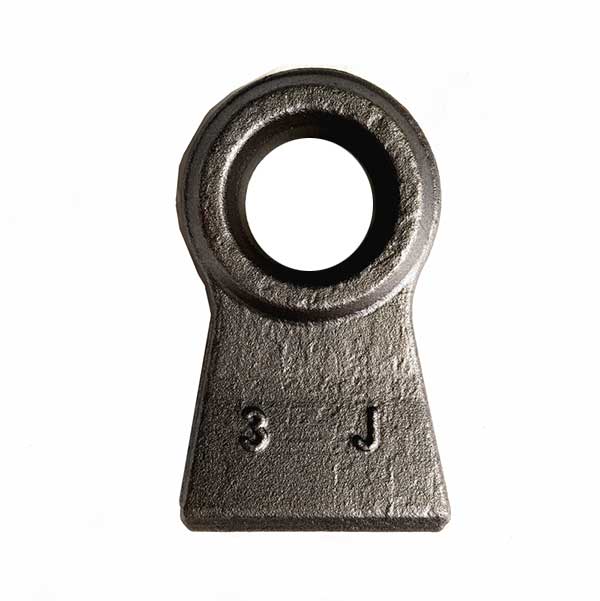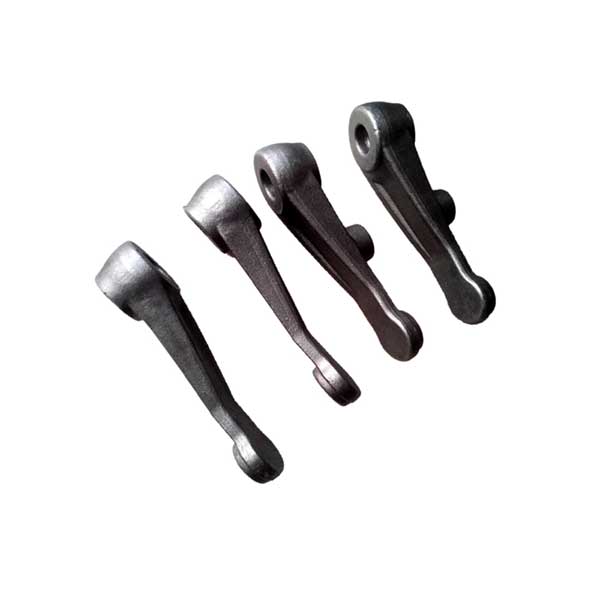As an important part of the tractor, the clutch must be reasonably matched to fully satisfy the use of the tractor clutch. It needs to be lubricated in the process of use. Then in the process of selecting lubricating oil, what should we do? to operate it?
We want to make high-quality lubricating greases from base oils, thickeners and additives. The performance of different types of greases with different grades of the same type is very different, and the allowable rotation limits are also different. Therefore, the tractor clutch must be clear when choosing!
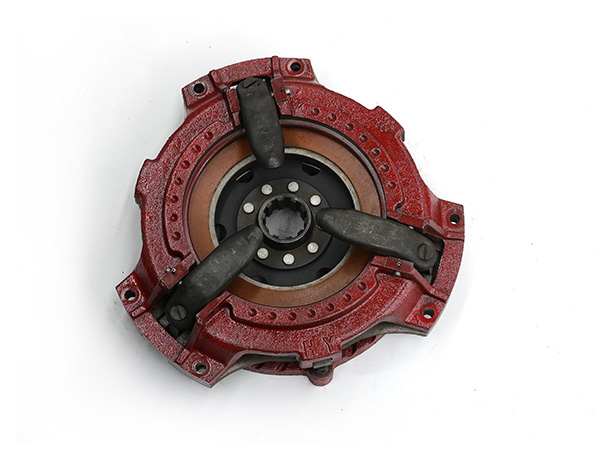
1. The choice of diesel
Diesel is divided into light and heavy diesel, and agricultural tractors generally use light diesel. Light diesel oil is generally divided into No. 10, No. 0, -10, -20, -35 and other grades according to its freezing point. In order to save money, in many areas, apart from those who are engaged in transportation in the cold winter, they need to prepare -35 oil. Generally, they only need to prepare two kinds of diesel oil, 0 and -20, for agricultural production. Use No. 0 diesel in summer and No. 11 in winter. In other areas, the appropriate number of diesel can be selected according to the specific local temperature.
2. The choice of oil
Diesel engine oil is required for agricultural diesel engines. Diesel engine oil is divided into three types: No. 8, No. 11 and No. 14. Generally, use No. 8 oil in summer and No. 11 oil in winter.
3. Selection of gear oil
Gear oil is divided into 20th and 309th. 30 in summer; 20 in winter. Here to remind the owners of the machine, it is strictly forbidden to use engine oil instead of gear oil, or to mix diesel and kerosene in the gear oil, so as not to reduce its viscosity, weaken the lubricating performance, and accelerate gear wear.
…
Details can be accessed by clicking here:https://www.syclutch.com/news/tractor-clutch-lubricant-selection.html

